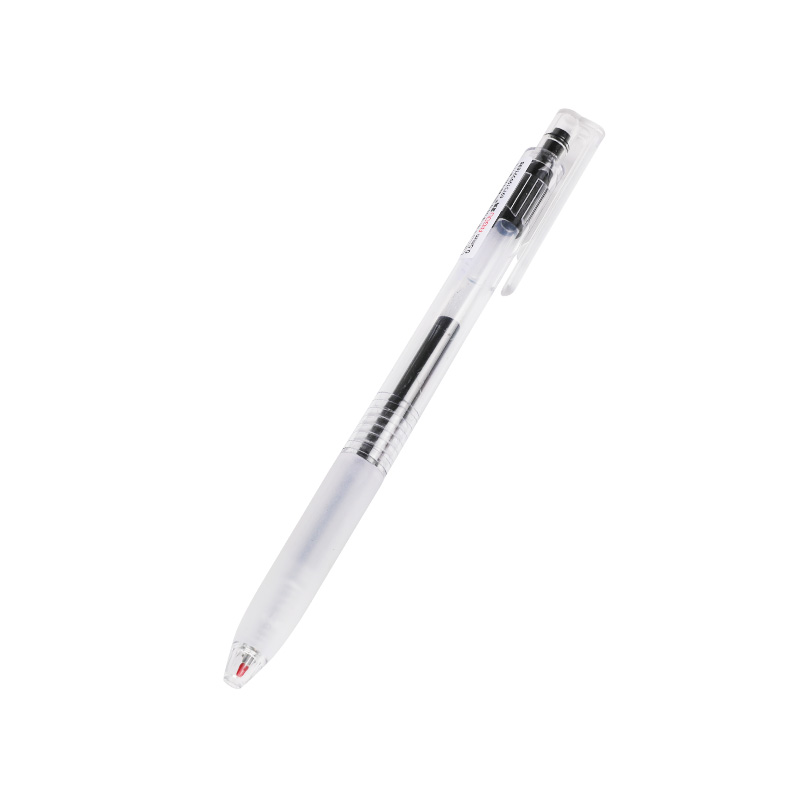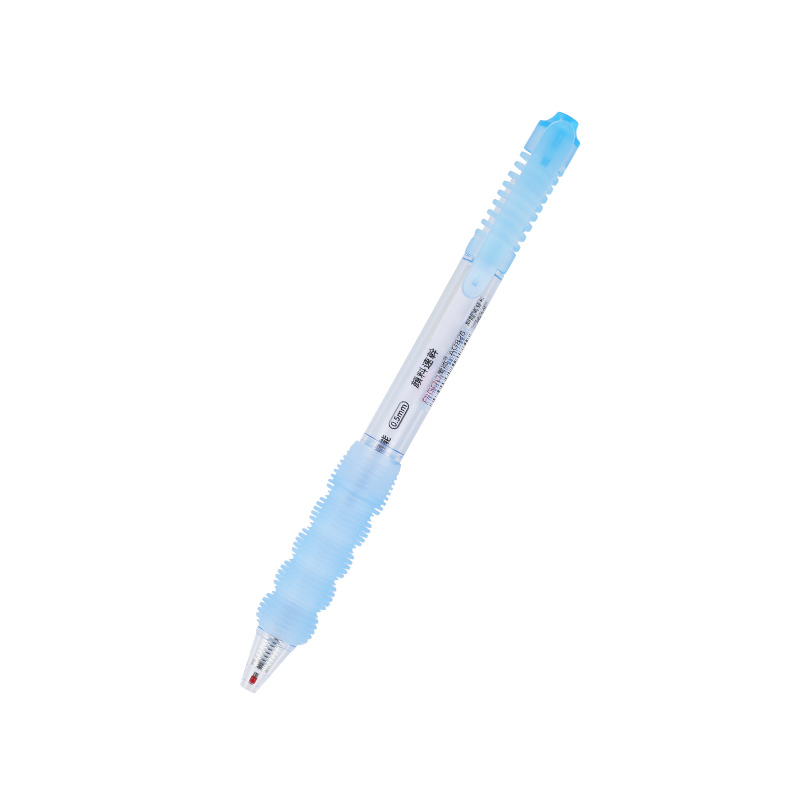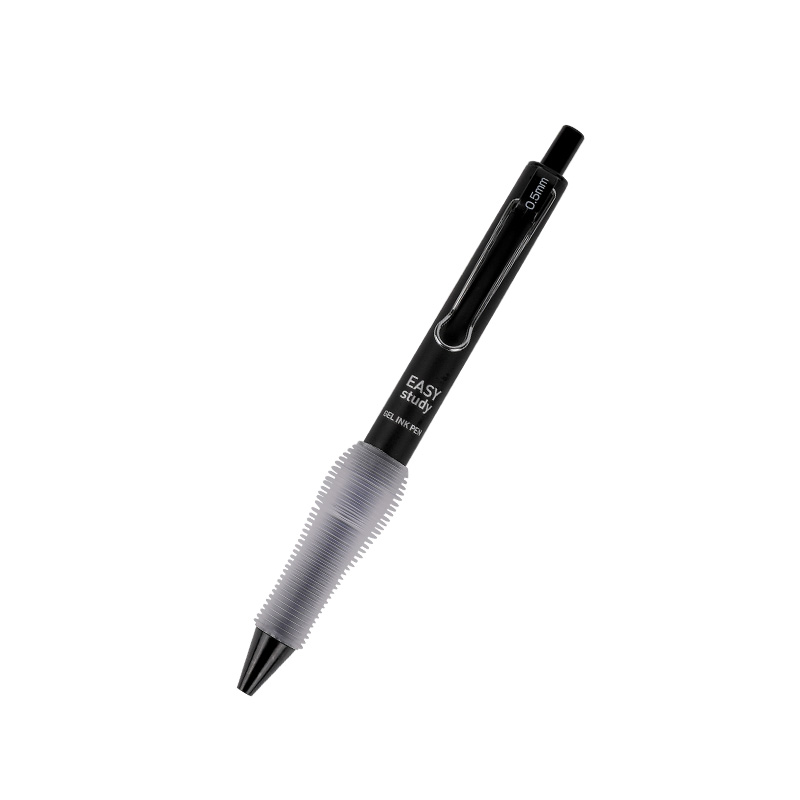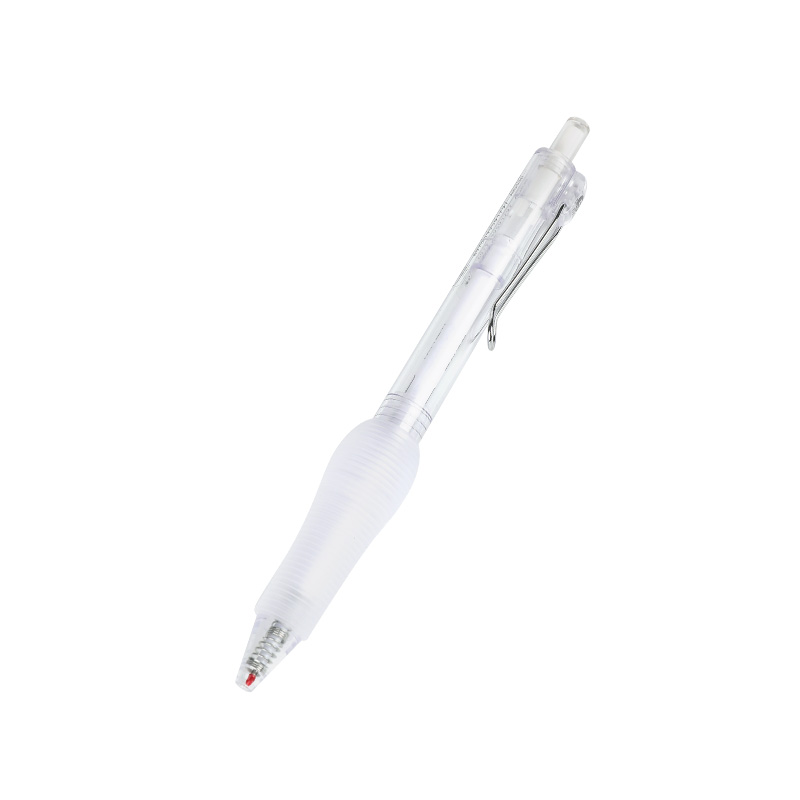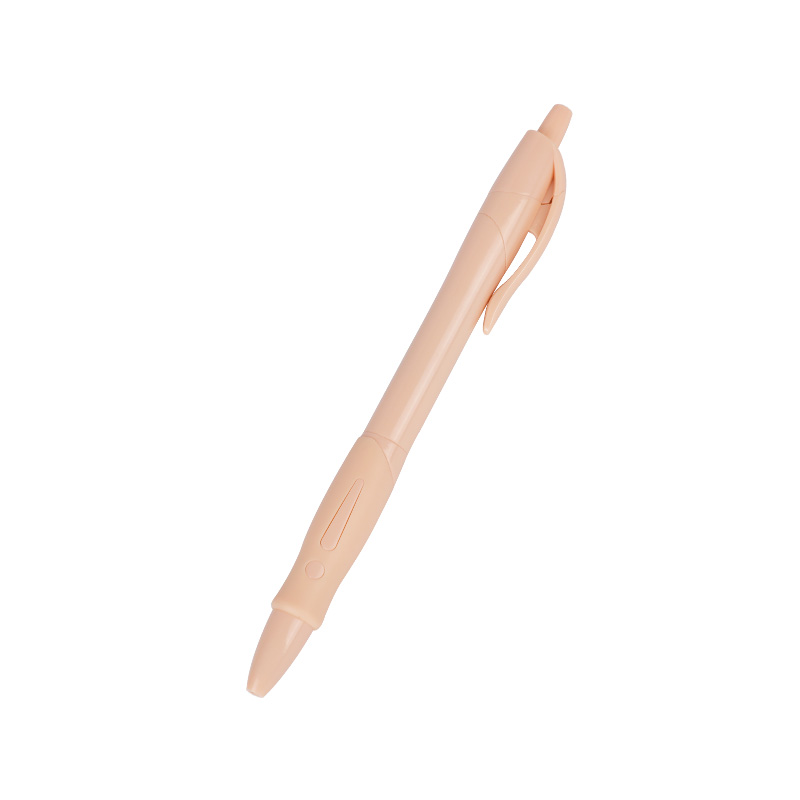How Rolling Ball Pen Technology Is Evolving for Modern Office Use?
In today’s fast-paced business environment, the tools we use must keep pace with modern demands. Among these, the rolling ball pen remains a staple in offices worldwide, valued for its fluid ink flow and professional finish. While digital communication continues to grow, the rolling ball pen still holds a vital place on office desks, in meeting rooms, and within daily workflows. Recent developments in rolling ball pen technology have focused on improving performance, reliability, and user experience to meet the expectations of today’s professionals.
The rolling ball pen uses water-based or gel-based ink, combined with a precision ball tip, to deliver a smooth, consistent writing experience. This mechanism differs from traditional ballpoint pens, which use thicker, oil-based ink. One of the notable advancements in recent years is the refinement of the ink formula used in rolling ball pens. Modern formulations dry more quickly, reducing smudging while maintaining the bold, vibrant lines that users prefer for note-taking, signing documents, and marking important materials.
For modern office use, one key improvement is the enhanced ink flow control system. Newer rolling ball pen models are designed to regulate ink output more precisely, which helps prevent blotting, skipping, or over-saturation. This feature is especially useful in offices where documentation must be clear, legible, and clean. As more companies transition to hybrid or paperless environments, employees still rely on handwritten notes and annotations—areas where the rolling ball pen excels.
Another innovation in rolling ball pen technology lies in the design of the tip and housing. High-precision metal tips and reinforced barrels are now more common, offering a durable writing tool that maintains consistency over time. These structural improvements help the rolling ball pen maintain a smooth glide across paper, even during prolonged writing sessions. Whether jotting down meeting notes or filling out forms, the rolling ball pen provides comfort and dependability.
Ergonomics also plays a critical role in how the rolling ball pen is adapting for office environments. Many new models feature soft-grip barrels, balanced weights, and streamlined profiles that reduce hand strain. Professionals who write frequently—such as administrators, legal staff, or educators—benefit from the improved comfort these designs offer. The rolling ball pen is no longer just functional; it’s being crafted to support efficiency and well-being during long work hours.
Additionally, refillable rolling ball pens are becoming more prevalent, offering a sustainable option for eco-conscious workplaces. Rather than discarding the entire pen, users can replace the ink cartridge, reducing plastic waste and long-term costs. Many office supply brands now include refill systems as part of their standard rolling ball pen product lines, making it easier for companies to implement greener practices without sacrificing quality.
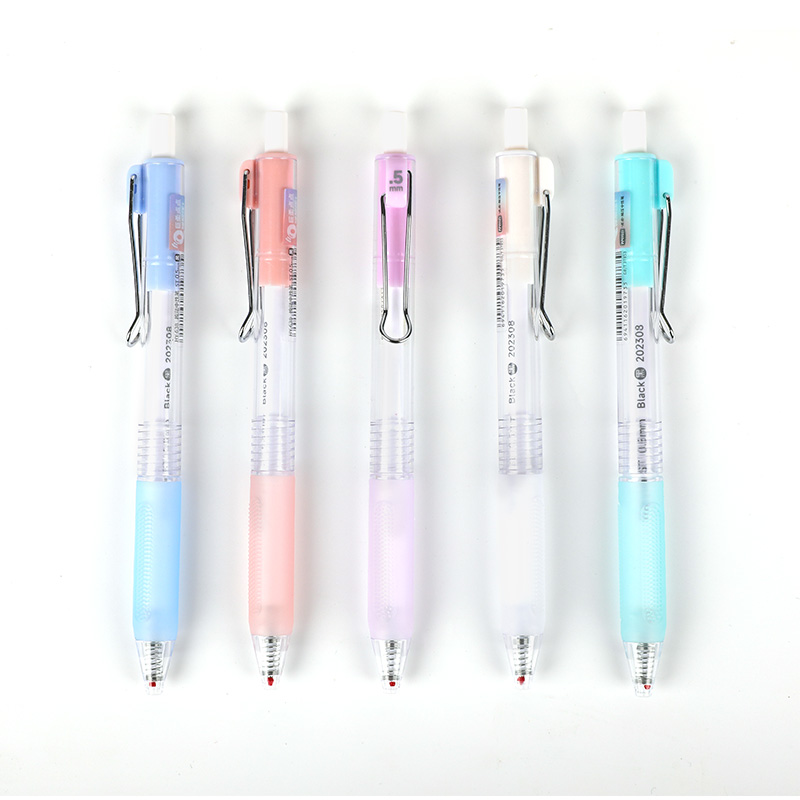
Security and compliance are also areas where rolling ball pen technology is making strides. Some models now use archival-quality ink, which is resistant to fading, water, and tampering. This is particularly important for contracts, official records, and legal documents where the permanence of the written word is essential. The rolling ball pen offers a balance between reliable ink permanence and smooth application, a combination that few other writing tools achieve.
In terms of aesthetics, the modern rolling ball pen has also seen an upgrade. Sleek metallic finishes, minimalistic branding, and elegant form factors are making the rolling ball pen not just a tool, but also a professional accessory. This visual appeal, paired with functional enhancements, has solidified the rolling ball pen as a preferred choice in offices seeking tools that match their modern image.
In conclusion, the rolling ball pen continues to evolve to meet the needs of the modern office. From improved ink technology and ergonomic design to sustainability and security features, the rolling ball pen is far from outdated. Instead, it is a refined instrument designed to support today’s professional work environment with reliability, precision, and style.

